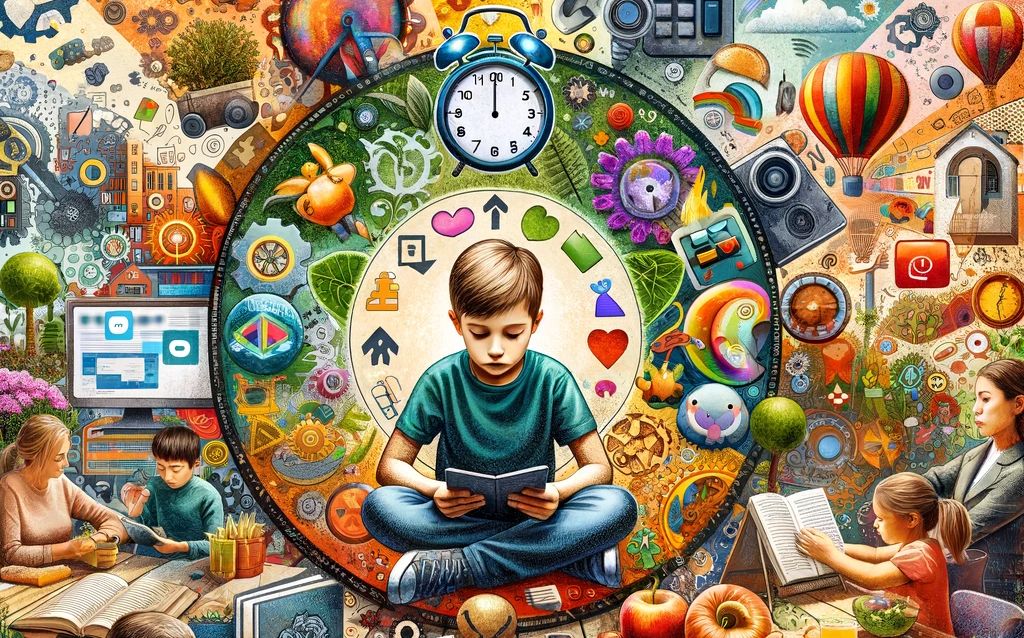Addressing the topic of children’s behavior in contemporary society, and particularly the notion of it becoming more “vicious,” is complex and multifaceted. It involves considering a wide range of societal, familial, and individual factors that can influence behavior. Here are several perspectives to consider:
Influence of Media and Technology
Children today are growing up in a digital age where access to media and technology is unprecedented. Exposure to violent video games, movies, and social media can have a significant impact on their behavior and attitudes. Studies have shown that constant exposure to violent media can desensitize children to violence and may lead to increased aggression. However, the relationship between media violence and actual violent behavior is influenced by many factors, including the child’s environment, personality, and parental guidance.
- Parental Controls: Implementing parental controls and monitoring the content children consume can help mitigate negative influences.
- Media Literacy: Educating children about media literacy can empower them to critically analyze the content they are exposed to and understand the difference between virtual and real-world behavior.
- Positive Media: Promoting positive media content that teaches empathy, cooperation, and problem-solving can counterbalance negative influences.
Societal and Environmental Stressors
The modern world presents a unique set of challenges and stressors, including academic pressure, social competition, and in some cases, economic hardship. These pressures can affect children’s mental health and behavior, sometimes manifesting in aggression or withdrawal. The role of societal expectations and the fast pace of life might also contribute to stress and subsequent behavioral issues in children.
- Supportive Environment: Creating a supportive and nurturing environment at home and in school can help children cope with stress.
- Stress Management: Teaching children stress management techniques such as mindfulness, deep breathing, and physical activity can help them handle pressure more effectively.
Family Dynamics
Family structure and dynamics have evolved. With more households having both parents working or single-parent families, children might experience less supervised time. This can affect their social and emotional development. Additionally, parenting styles have changed, with some parents being more permissive or, conversely, overly strict, both of which can have implications for children’s behavior.
- Balanced Parenting: Striking a balance between being permissive and overly strict can foster a healthy environment for children to thrive.
- Quality Family Time: Prioritizing quality family time and engaging in meaningful activities together can strengthen family bonds and provide a sense of security.
Mental Health Awareness
There’s increased awareness about mental health issues among children today. Conditions like ADHD, autism, anxiety, and depression are being diagnosed more frequently. These conditions can affect a child’s behavior significantly. The rise in diagnoses could reflect better awareness and understanding, but it also points to the need for appropriate support and intervention strategies.
- Early Intervention: Early identification and intervention for mental health issues can significantly improve outcomes for children.
- Counseling and Support: Providing access to counseling and support services can help children and their families navigate mental health challenges.
Educational System Pressures
The educational systems in many parts of the world have become more competitive, with a strong focus on academic achievement. This can lead to stress among children, potentially resulting in behavioral issues. The pressure to perform academically and excel in extracurricular activities can be overwhelming for some children, impacting their behavior and emotional well-being.
- Holistic Education: Incorporating holistic education approaches that emphasize emotional and social development alongside academic achievement can reduce stress and promote well-being.
- Mental Health Awareness: Schools can promote mental health awareness and provide resources for students to manage academic pressure.
Positive Developments
Despite the challenges, it’s important to note that today’s children also have opportunities for positive development that were less accessible in the past. Access to information, diverse educational resources, and global connectivity can foster a sense of empathy, social awareness, and a broader worldview.
- Social-Emotional Learning (SEL): Programs focusing on social-emotional learning (SEL) can enhance children’s abilities to manage emotions, build healthy relationships, and navigate social complexities.
- Global Connectivity: Exposure to diverse cultures and perspectives through global connectivity can promote empathy and understanding.
Community Involvement
Community involvement plays a crucial role in shaping children’s behavior. Positive role models, community programs, and safe recreational spaces contribute to the overall development of children.
- Positive Role Models: Engaging children with positive role models in the community can inspire them to develop good behavior and attitudes.
- Community Programs: Participation in community programs such as sports, arts, and volunteer activities provides constructive outlets for energy and creativity.
Conclusion
While there are concerns about children’s behavior becoming more “vicious,” it’s crucial to approach the topic with a nuanced understanding of the myriad factors at play. It’s also important to recognize the positive aspects of modern childhood and the potential for growth, learning, and adaptation. Addressing behavioral issues effectively requires a collaborative approach involving parents, educators, mental health professionals, and the community to support children’s development in a balanced and healthy way. By fostering a supportive and understanding environment, we can help children navigate the challenges of contemporary society and emerge as well-rounded individuals. Through collective effort and awareness, we can ensure that children grow up in environments that nurture their physical, mental, and emotional well-being.

